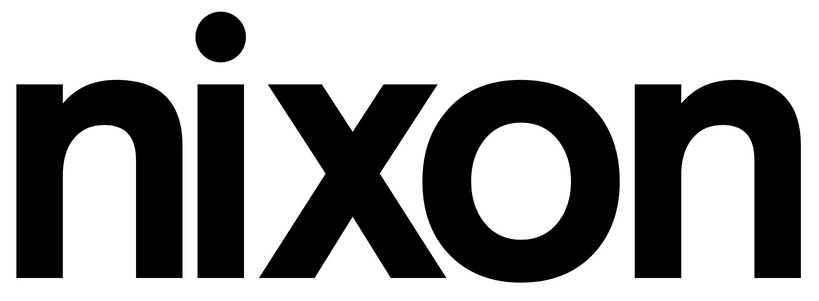Posted by Megan Oldcorn
Which is why marketers panicked when Facebook recently announced it’s giving lower priority to brand messaging in news feeds.
Posts that you see in your News Feed are meant to keep you connected to the people, places and things that you care about, starting with your friends and family. Posts that you see first are influenced by your connections and activity on Facebook.
Mark Zuckerberg has warned, “public content – posts from businesses, brands and media – is crowding out the personal moments that lead us to connect more with each other.” In a move to focus on showing users updates from their personal connections, the platform is prioritising comments, likes and reactions among photos, status updates and posts from a user’s family and friends. In a nutshell, this means that your carefully crafted business post is now much more likely to be missed.
What can you do?
1. Keep up the good work
First of all, don’t stop using Facebook. The platform is still a fantastic way to communicate with your customers and potential customers, and an awful lot of them are using it. If someone wants to get in touch with you, check your opening times, leave a review or find a link, they’ll still go looking on your page. Regular updates show that you’re there and you’re engaging with them, even if they can’t always see it in their news feed. If the page hasn’t been updated in six months, users may mistrust the information or stop checking it.
2. Harness the power of video
While business posts are achieving lower organic reach, if multiple users reply to each other’s comments on a video or article, this will appear in their friends’ news feeds. Live video in particular has been reported to increase interactions by six times (according to the State of Social 2018 Report). If you can get over the initial nerve-wracking feeling of being live on social media, the results could be well worth the effort.

3. Make your content shareable
Great quality content that’s relevant and appealing is much more likely to be shared and commented on by users, and therefore seen by their connections. Focus your energies on crafting posts that users will find interesting rather than dashing off self-promotional updates. Try to offer something different to what’s on your website – perhaps a peek behind the scenes, a compelling story or an exclusive competition.
4. Spend what you can afford
Facebook has a strong advertising platform, with the ability to target specific audiences with relative ease. Incorporating adverts and boosted posts can make a big difference to your brand’s reach, compared to non-paid posts alone. It’s possible to begin an engagement campaign with a very small budget, making it a low-cost way to beat the slump. Another plus is that you’ll be able to use its analytics tools to gather valuable insights about your audience afterwards.
5. Put some eggs in another basket
While Facebook has long been the social media marketer’s platform of choice, it’s worth thinking about where else your audiences might be. Twitter and Instagram are both popular (89% and 70% of businesses respectively have a presence). Instagram’s ‘Stories’ feature (much more on this in a future article) is a new way to build rapport with audiences through 24-hour posts. The feature also makes it possible to add links to images and videos – something brands have wanted for a long time. Lesser-used are messaging platforms such as Snapchat, but some companies are starting to catch on to their potential – Pepsi and Fanta have both run campaigns to attract audiences through filters and lenses. It may still be a while before it’s mainstream in marketing, but this could be one to watch.
In sum?
Although Facebook’s latest algorithm update is likely to knock engagement, it’s actually the finale of a slow decline in organic reach that’s taken place over the last few years. The clear announcement that the platform is turning the volume down on brands makes this the time to begin adapting our approach to social media, with the potential for new platforms and content types to transform how we communicate with audiences. As they say, a change is as good as a rest (and in marketing, you can never take one of those).
Liked this article? Take a look at Four great brand blogs and How to source stock images.

